15 Vintage Kitchen Items That Were Once Considered Essential
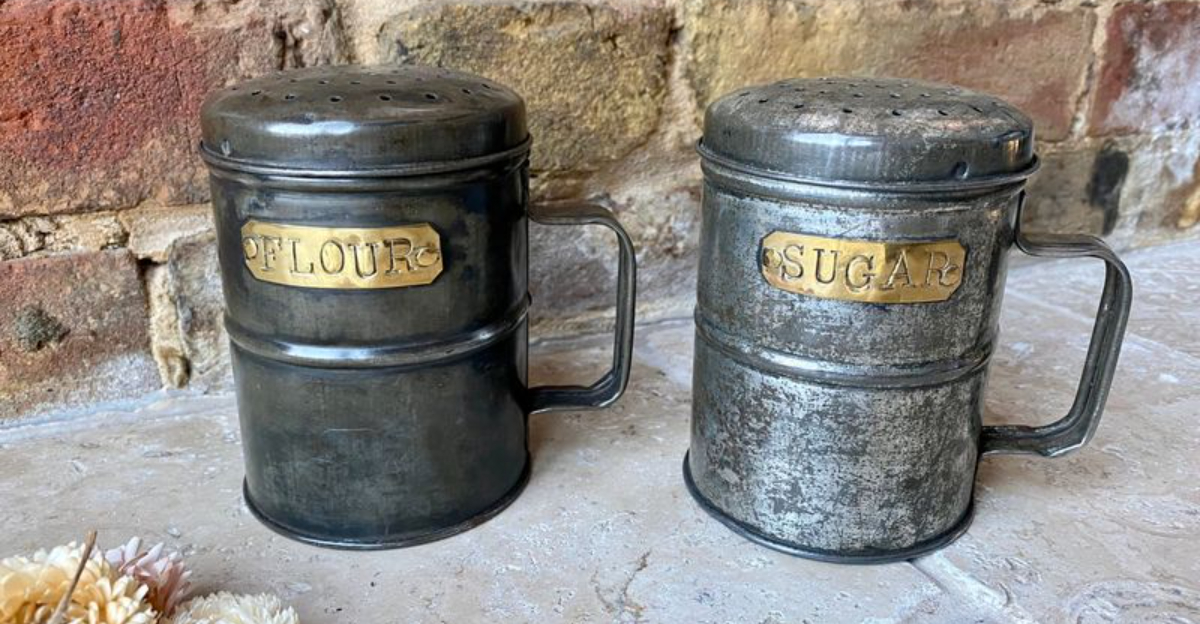
Welcome back to a time when cooking required equal parts skill, patience, and a little bit of elbow grease.
Before the era of one-touch appliances and pre-packaged meals, the kitchen was a place of hands-on magic, where every meal was a labor of love—sometimes quite literally.
From hand-cranked egg beaters that gave you an unexpected arm workout to cast-iron skillets so heavy they could double as home security, these vintage kitchen gadgets were as much about craftsmanship as they were about cooking.
Your grandparents likely had a countertop filled with tools that today’s modern chef would either admire or fear—like butter churns, manual coffee grinders, and pressure cookers that hissed like a steam engine ready to explode.
But despite their quirks (and occasional risks), these 15 kitchen essentials were the heart of the home, bringing families together over meals made with patience and care. So, let’s take a delicious stroll down memory lane and rediscover the kitchen classics that once ruled the culinary world!
1. Manual Egg Beaters
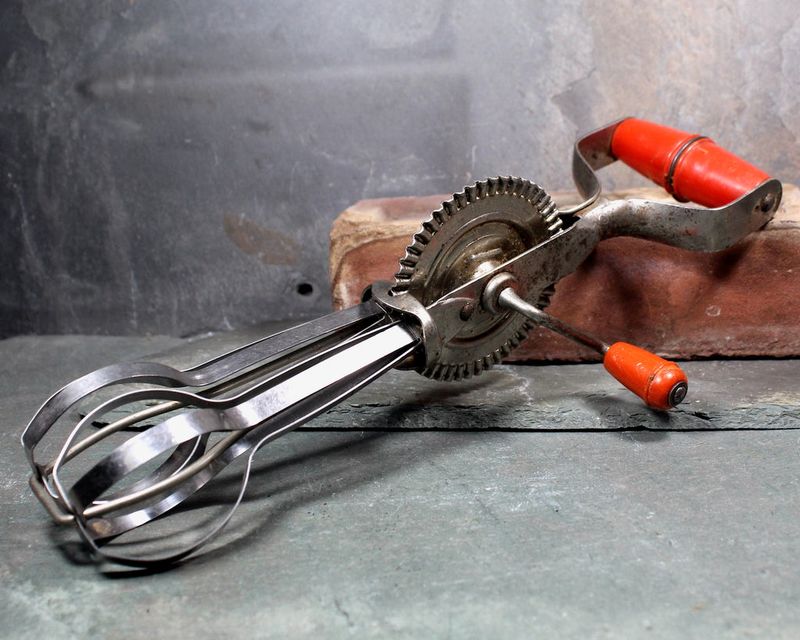
Mixing things up in the kitchen wasn’t always a matter of pushing a button. Manual egg beaters demanded a bit of elbow grease.
Crank, and behold, perfectly whipped eggs or batter! This nifty gadget doubled as a mini upper-body workout. But if you paused, the mixture sat silently, waiting for your next move. Whether you were making scrambled eggs or preparing cake batter, this tool had your back, as long as you had the energy.
An essential for any cook looking to build biceps while baking, it’s a far cry from our modern electric mixers.
2. Butter Churns
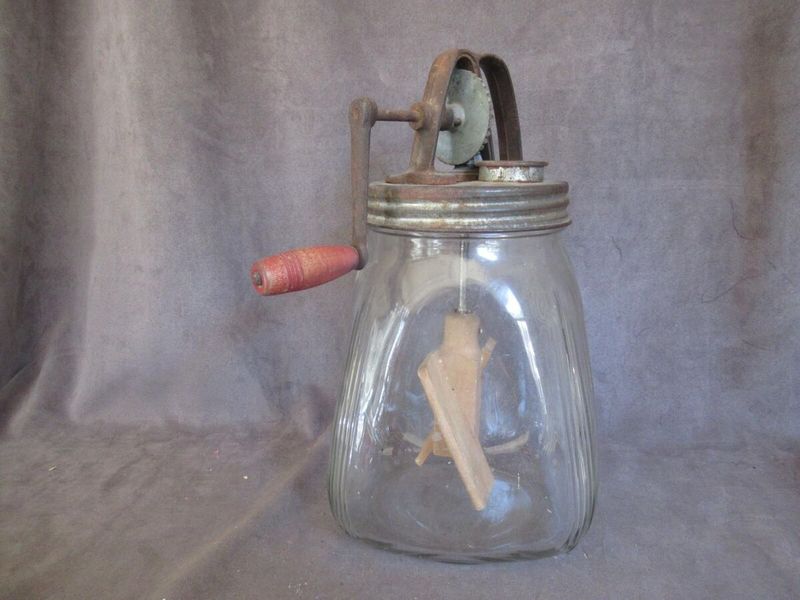
Imagine wanting butter and not just grabbing it off a shelf. Enter the butter churn, a contraption that transformed cream into golden goodness.
Armed with nothing but patience and a sturdy arm, you churned until creamy butter emerged. This wasn’t for the faint-hearted; it was a labor of love and lactose. It’s the sort of task that made you appreciate modern conveniences like grocery stores and pre-packaged butter.
For those who dared, the reward was fresh, homemade butter, a luxury few today would bother to attempt. Churning butter was the original ‘slow food’ movement!
3. Ice Cube Trays with Levers
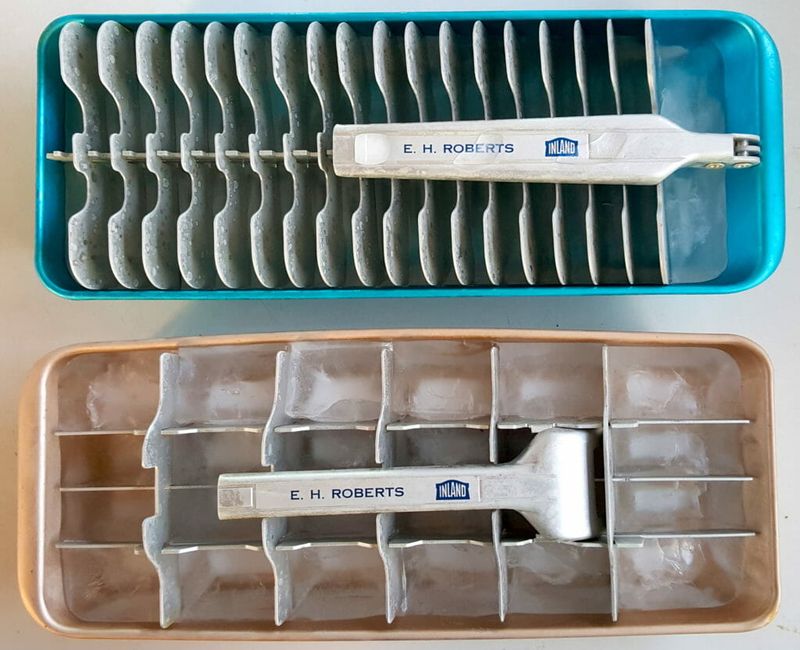
Before silicone and automatic ice makers made life easy, there were metal ice cube trays with levers.
You’d fill them, freeze, and then wrestle with the lever to release the cubes. It was a process that required a bit of finesse and patience. Getting ice was sometimes a splashy endeavor, with water occasionally escaping its icy confines.
But there was a certain satisfaction in the clank of ice cubes breaking free. Though they seem quaint now, these trays were cutting-edge technology in their day, making chilled drinks a household possibility.
4. Bread Boxes
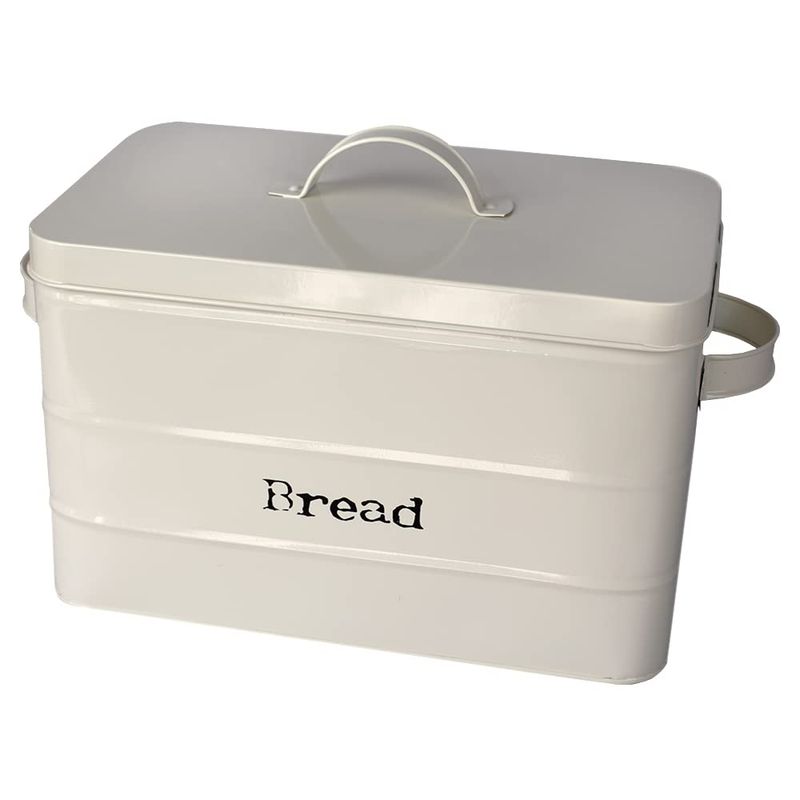
Once a staple in every kitchen, the bread box kept loaves fresh without refrigeration.
Sitting prominently on the counter, it was as much a storage solution as a statement piece. Unlike today’s plastic bags, the bread box allowed for air circulation, which kept mold at bay and sliced bread from going stale too quickly. It was a clever design that used simplicity to solve a daily problem.
Besides, a bread box added a certain homeliness to the kitchen ambiance. It whispered of home-baked loaves and morning toast, embodying the warmth of a family kitchen.
5. Jell-O Molds
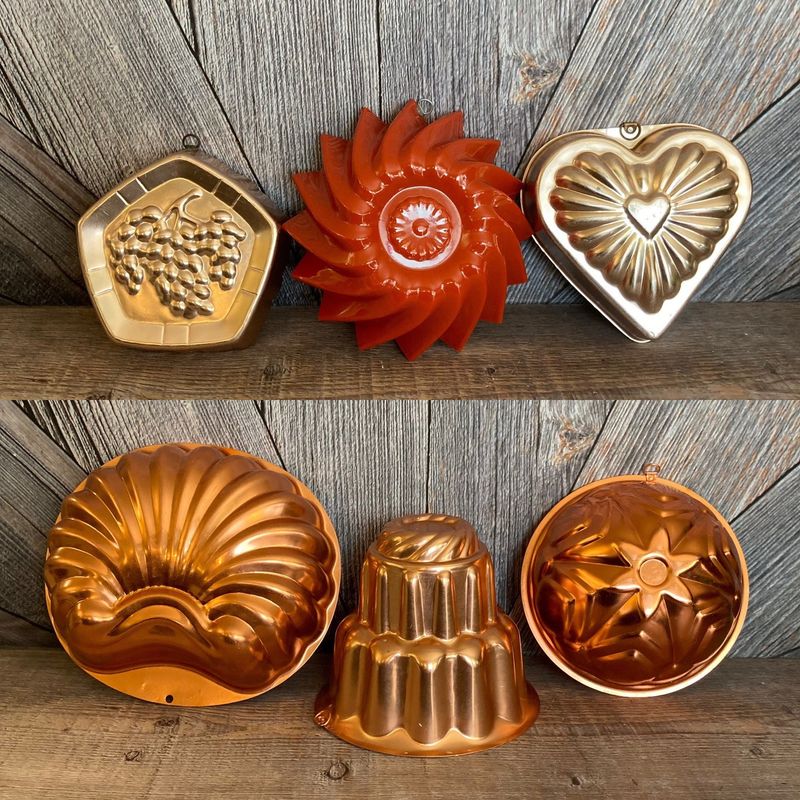
In the 50s and 60s, Jell-O wasn’t just dessert—it was an art form. Jell-O molds were kitchen essentials, turning ordinary gelatin into masterpieces of wobbling whimsy.
Fruit, marshmallows, even meats found their way into these culinary sculptures. The molds were often as decorative as the finished product, adding flair to any dining occasion. It was a time when the dinner table might feature a gelatinous tower of unexpected ingredients.
While today’s palates may recoil at the thought, these molds represented the creativity and experimental spirit of a bygone culinary era.
6. Flour and Sugar Sifters
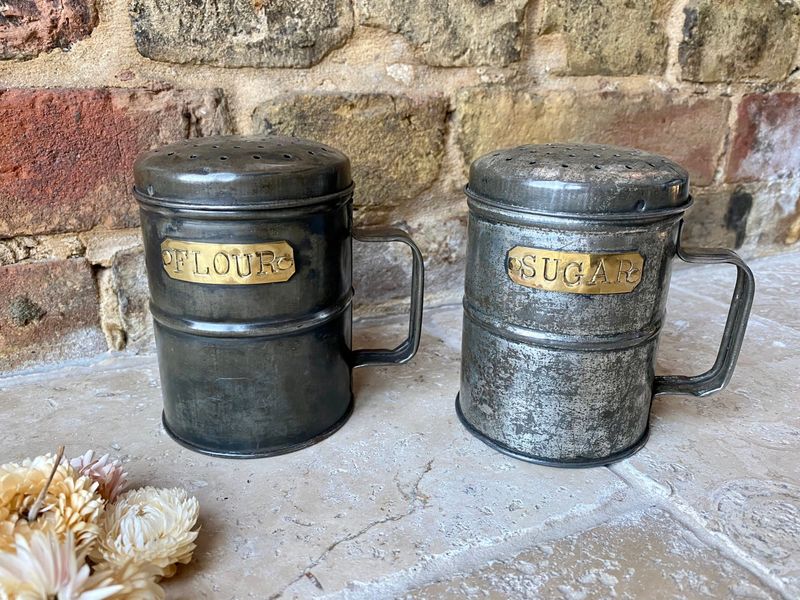
Baking used to be an exercise in patience and precision. Flour and sugar sifters were crucial for eliminating lumps and ensuring even texture in baked goods.
With a squeeze of the handle or a turn of the crank, these sifters transformed clumpy ingredients into a fine, fluffy powder. Sifting was messy and time-consuming, often leaving a trail of floury evidence across the counter.
Yet, it was an essential ritual for achieving that perfect cake or pastry. In a time before pre-sifted flour, these sifters were the unsung heroes of the baking world.
7. Coffee Percolators
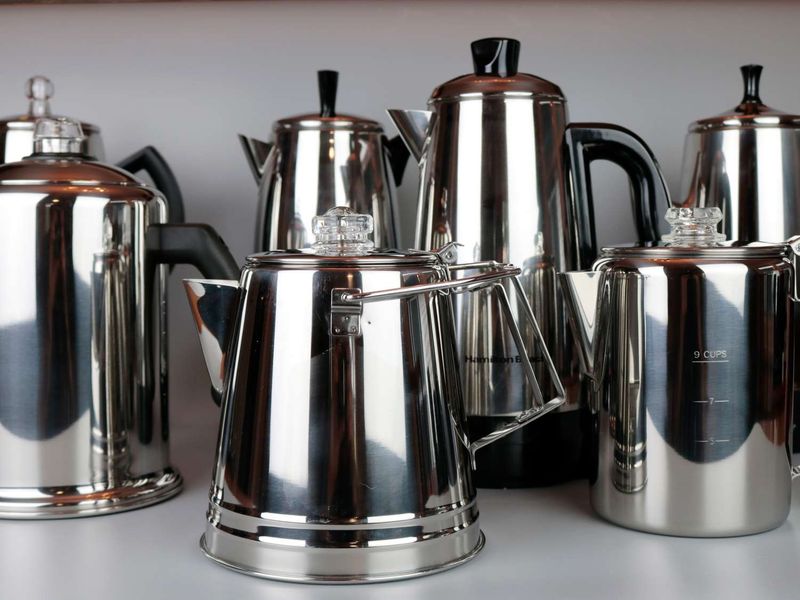
Long before drip coffee makers simplified the morning routine, there were percolators.
These contraptions brewed coffee by repeatedly cycling boiling water through coffee grounds, producing a strong, aromatic cup. However, the technique was not without its perils—over-extraction and burning were common, giving the coffee a distinct, robust flavor that some loved and others endured.
The percolator’s bubbling song was the soundtrack to many a breakfast, promising a caffeine jolt to kickstart the day. It was both a kitchen appliance and a ritual, embodying the essence of slow, deliberate coffee making.
8. Grease Canisters
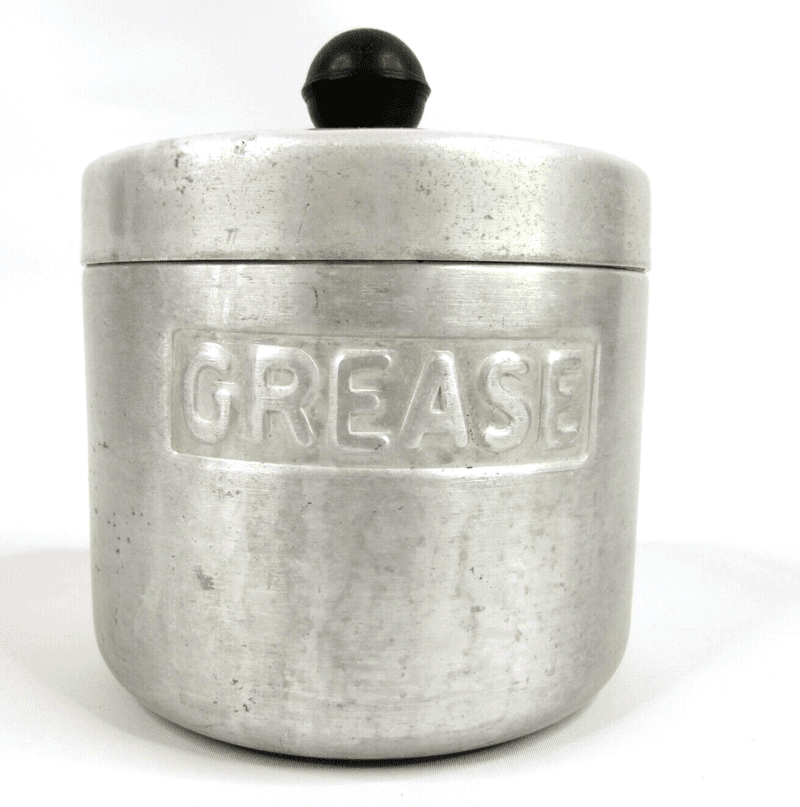
Back in the day, tossing out bacon grease was unthinkable. Grease canisters were staples on the stove, capturing every last drop of liquid gold.
With a built-in strainer, they separated the grease from any stray bits, ensuring that only the purest fat was saved. This precious resource was then used for frying eggs, vegetables, or anything else that benefited from a bacon-infused flavor.
It was a practice rooted in thrift and flavor, making every meal a little richer. Today’s health-conscious cooks might cringe, but those who remember it speak fondly of its culinary charms.
9. Rolling Pins with Designs
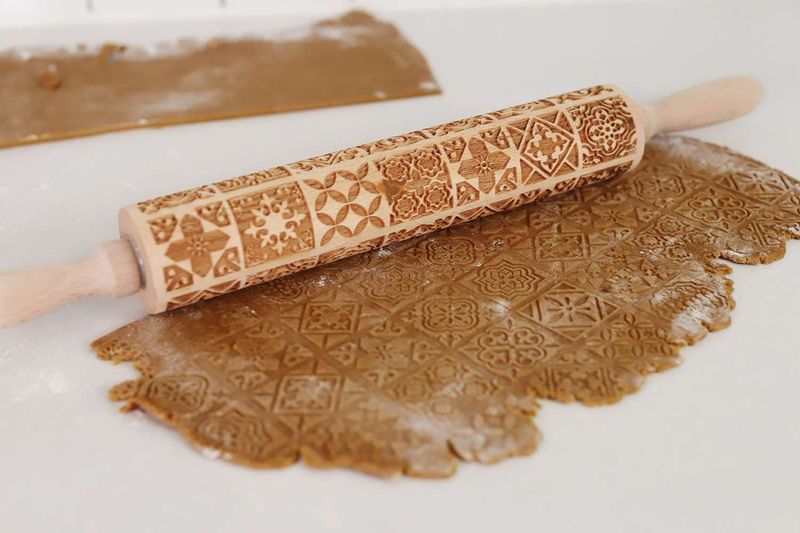
Rolling pins were more than just dough-flatteners; they were creative tools. Many came with carved patterns that left intricate designs on cookies and pie crusts.
These rolling pins added a touch of artistry to baking, turning simple dough into a canvas of culinary art. They were especially popular during the holidays, when festive designs delighted both bakers and eaters alike.
Using one required skill and a steady hand, as uneven pressure could disrupt the design. Yet, for those who mastered it, the results were as rewarding visually as they were delicious.
10. Melamine Dinnerware
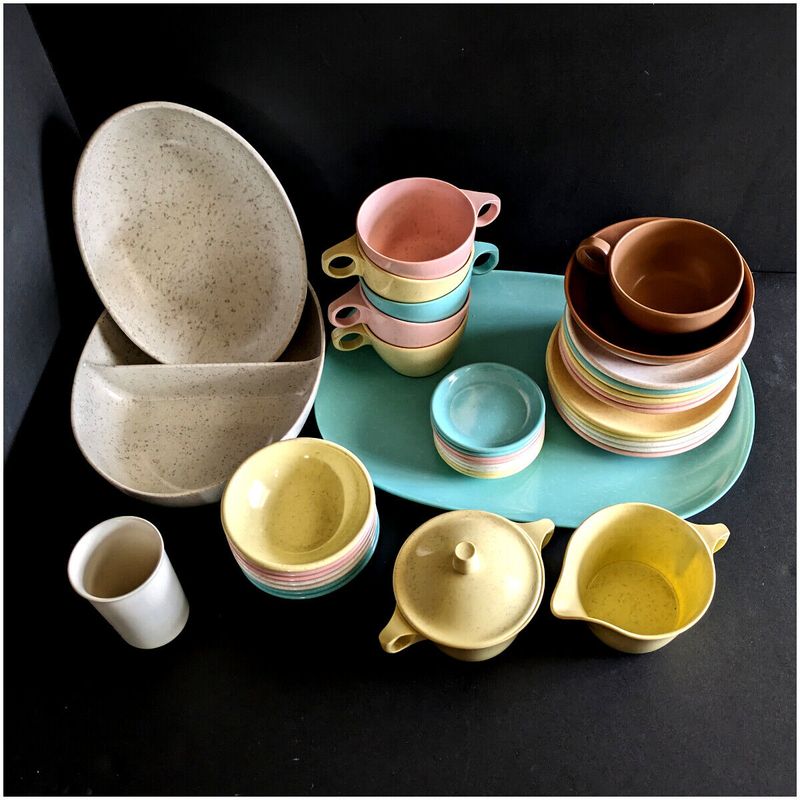
In the 50s and 60s, melamine dinnerware was the height of style and practicality.
Lightweight and virtually unbreakable, these colorful dishes brightened up kitchens across the nation. They were perfect for families with young children or for outdoor dining. However, they weren’t without their quirks—melamine wasn’t microwave-safe, and cutting too vigorously could leave marks.
Despite these drawbacks, their durability and vibrant appearance made them a household staple. They represented a shift towards more casual, family-friendly dining, capturing the spirit of post-war optimism and innovation in everyday objects.
11. Vintage Hand-Crank Can Openers
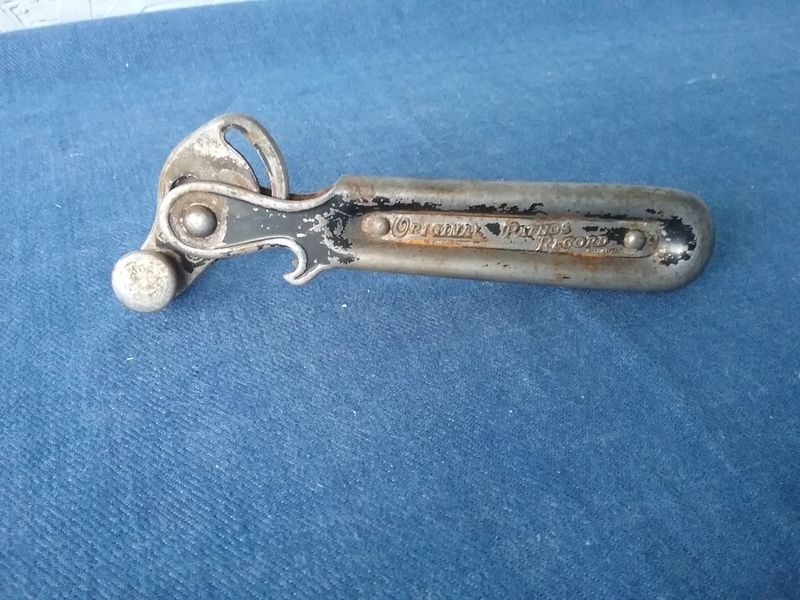
Opening a can wasn’t always a matter of pressing a button. Hand-crank can openers were the norm, requiring a bit of muscle and finesse.
The design was straightforward: a gear, a blade, and a crank. But if the blade dulled, the task could become frustratingly tedious. These openers demanded skill and patience, making the reward of accessing canned goods all the more satisfying.
They were a testament to a time when kitchen tasks required a hands-on approach, a stark contrast to today’s electric conveniences. Every can opened was a small culinary victory.
12. Toaster Ovens with a Crumb Tray
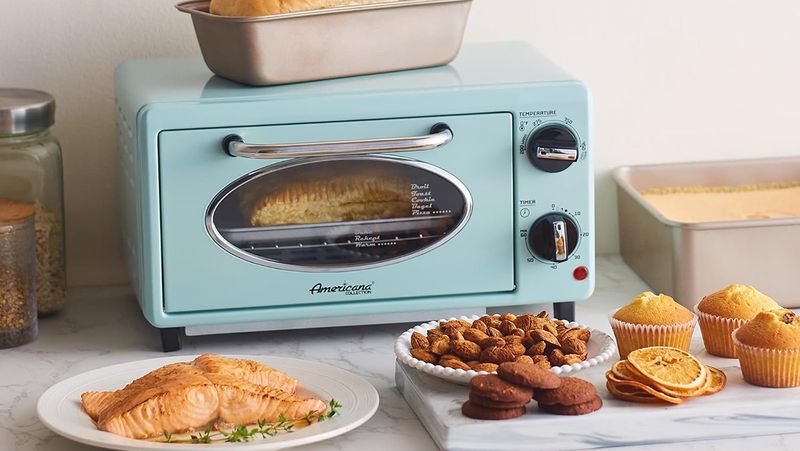
Long before air fryers took over, toaster ovens were the versatile appliance of choice.
They toasted, baked, and broiled, providing a compact solution for cooking. The crumb tray, though never quite catching everything, was a nod to practicality. These ovens were often chrome-plated and bulky, a fixture in mid-century kitchens.
Despite their limitations, they offered a convenient alternative to full-sized ovens, allowing for quick meals and snacks. Their charm lay in their simplicity and reliability, traits that endeared them to countless home cooks seeking efficiency without sacrificing flavor.
13. Rotary Cheese Graters
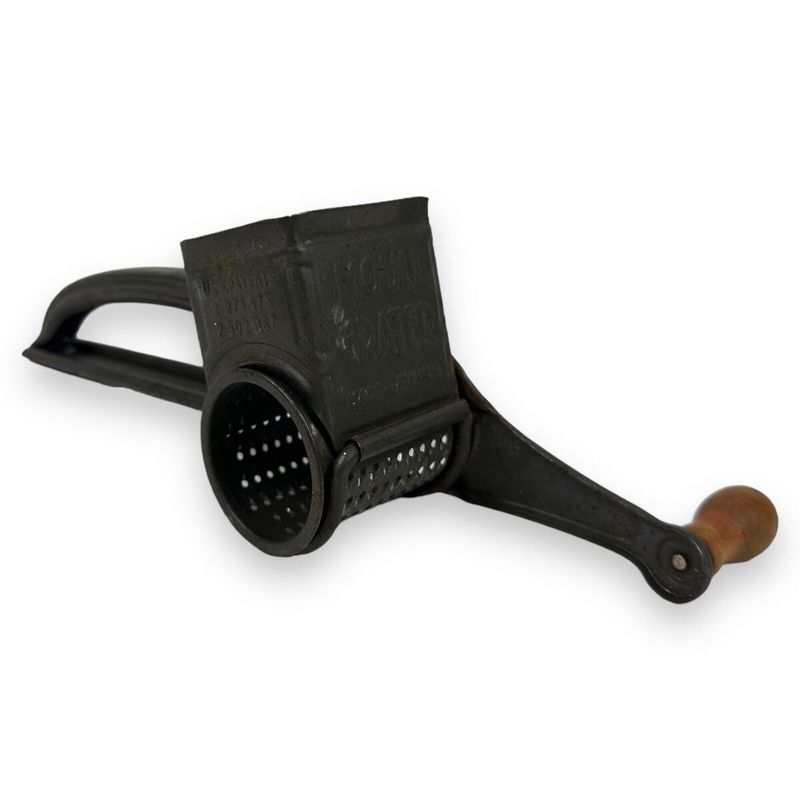
Grating cheese was once a manual endeavor, courtesy of the rotary cheese grater.
With a few turns of the hand crank, blocks of cheese transformed into delicate shreds. While the task itself was straightforward, cleaning the grater was often a chore, as cheese bits clung stubbornly to its innards. Yet, for those seeking freshly grated Parmesan, this tool was indispensable.
It was an exercise in patience and precision, demanding both strength and technique. In a world before pre-shredded convenience, the rotary grater was the go-to gadget for cheese aficionados everywhere.
14. Tupperware Sets with Burping Lids
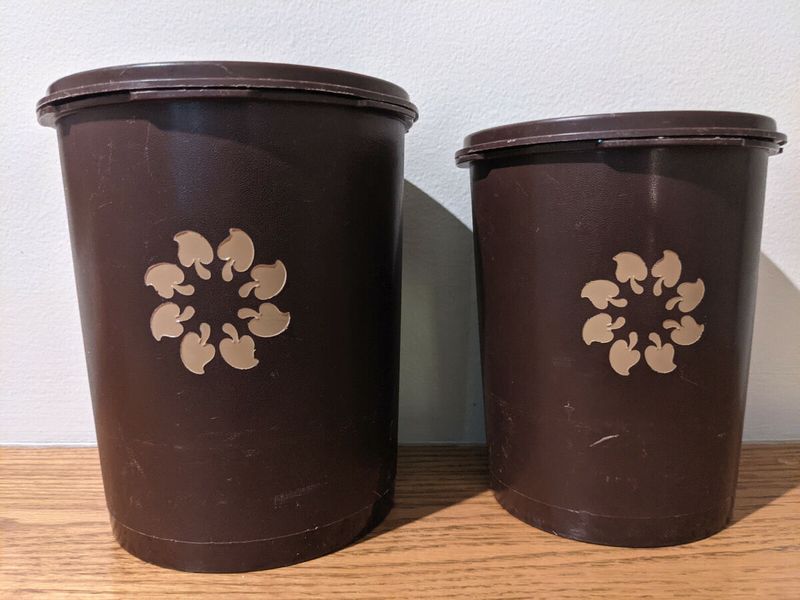
Ah, Tupperware—the king of food storage in the mid-20th century. These plastic containers with their iconic ‘burping’ lids revolutionized leftovers.
The key to their success was in the seal: a quick press and release expelled air, locking freshness inside. They were stackable, colorful, and seemingly indestructible. Yet, matching lids to containers was an eternal struggle, as it is today.
Tupperware parties became social events, spreading the gospel of airtight storage. These containers were more than just functional; they were cultural icons, representing innovation and the convenience-driven lifestyle of the era.
15. Cast-Iron Meat Grinders
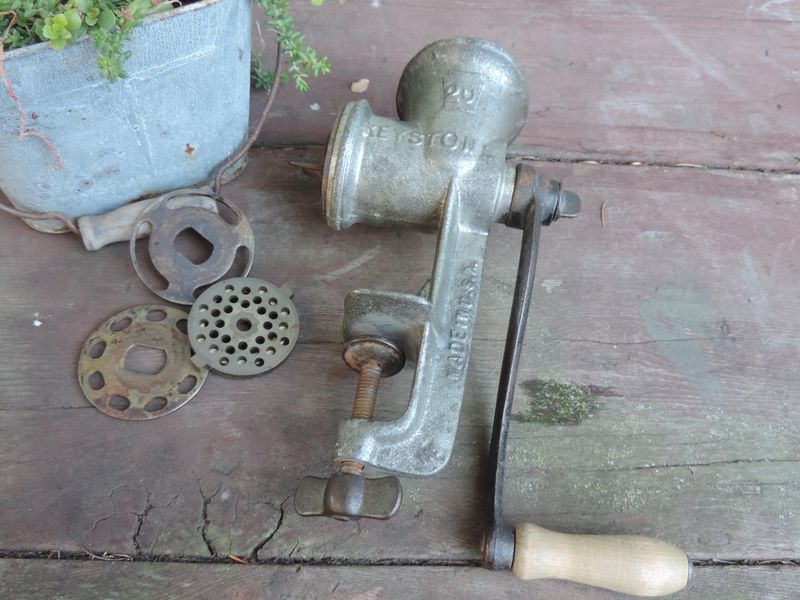
Before ground beef came neatly packed in plastic trays, there was the cast-iron meat grinder.
Bolted to the counter, it turned chunks of meat into minced marvels, thanks to a sturdy hand crank. This tool was not for the faint-hearted; grinding meat was a workout in itself, as it required both muscle and patience.
The grinder was a fixture in kitchens where homemade sausages and meatloaves were crafted with care. Though messy and time-consuming, the rewards were fresh, customized ground meats, a far cry from today’s supermarket offerings. It was culinary craftsmanship at its finest.
